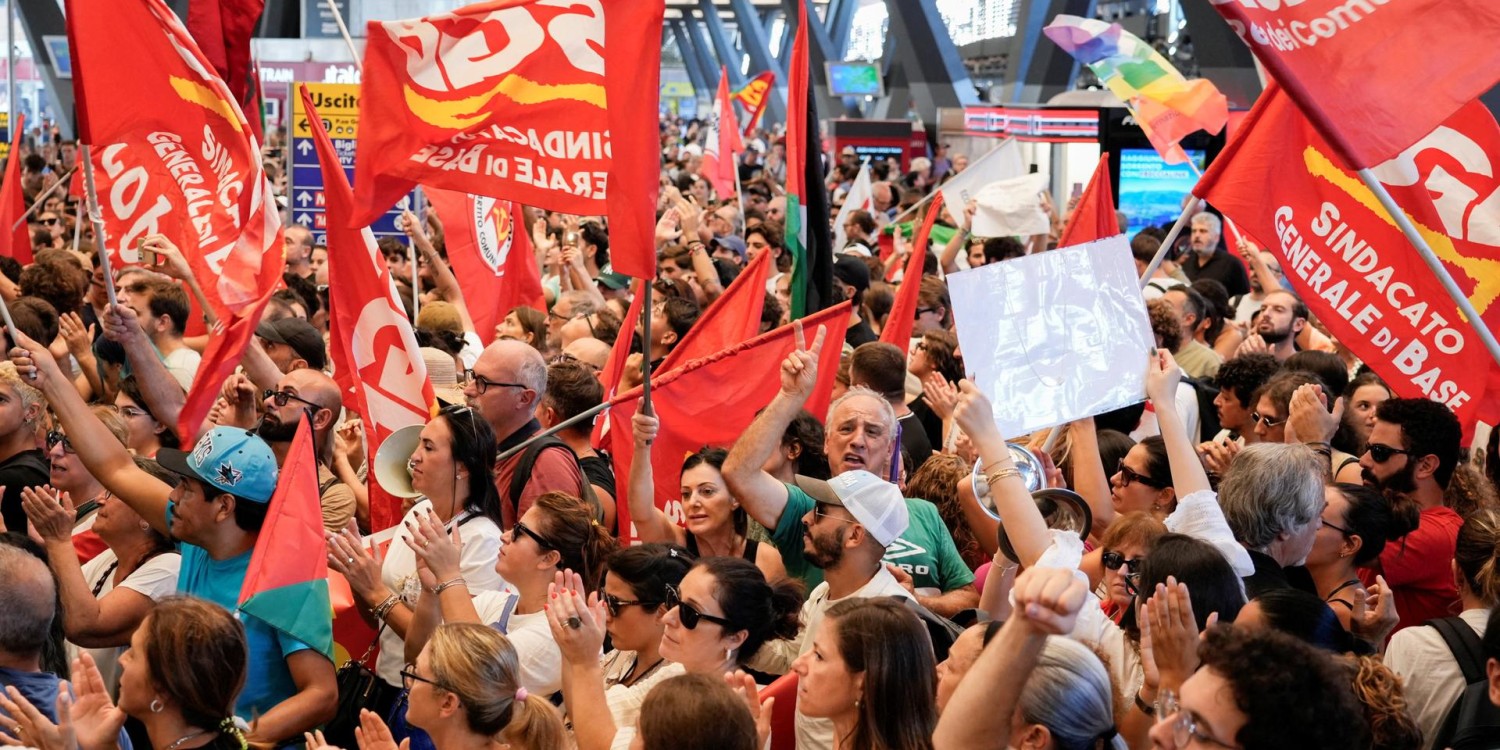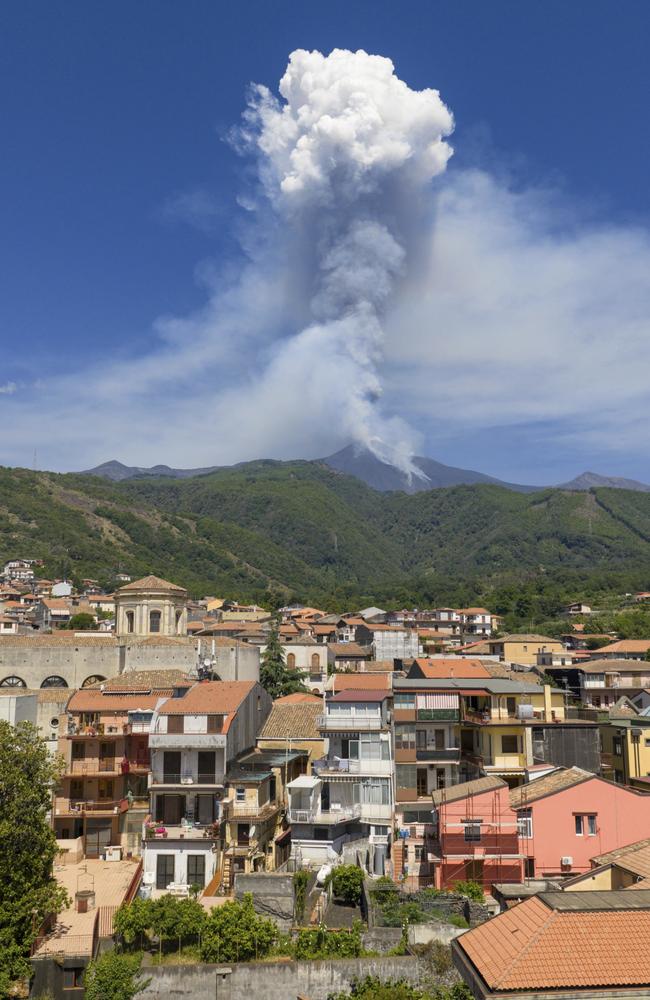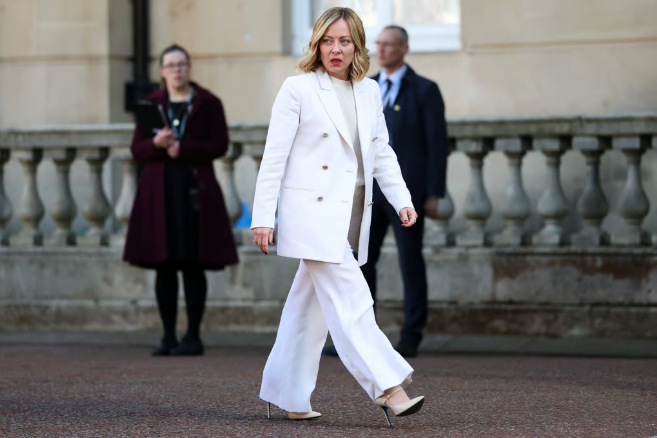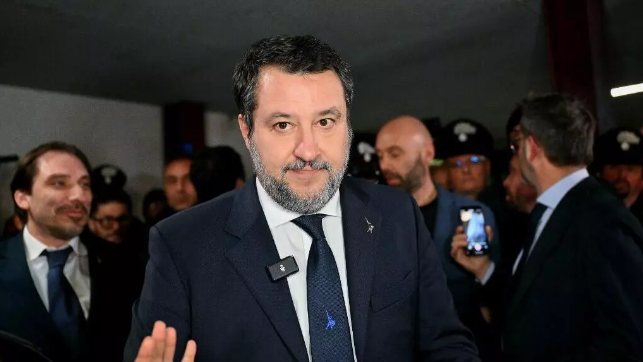
This article is more than
7 year oldAt least 39 killed in Italian bridge collapse as shocking photos from before tragedy emerge
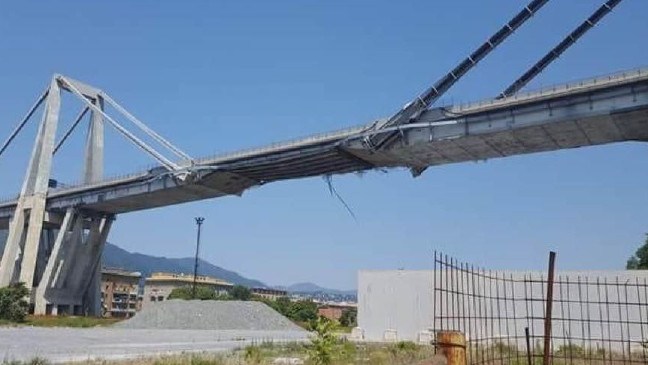
DISTURBING images have emerged of the doomed Italian bridge appearing to crumble well before the tragedy that killed at least 39 people.
It comes amid growing fury over the collapse, after it was revealed there were numerous ominous warnings over problems with the structure.
While the cause of the Morandi bridge collapse in Genoa yesterday is not yet known, there has been widespread debate over the state of the bridge and Italy’s infrastructure in general in recent years.
The highway bridge, in the northern port city, crashed to the ground without warning on Tuesday, with almost 40 cars and trucks falling 45 metres with it. The victims included three children.
#Genova #pontemorandi foto di due settimane fa... pic.twitter.com/2CJWlrTgTj
— Laüra (@Laura65949817) August 14, 2018
Firefighters searched through the night for survivors without success. Sixteen people are in hospital, 12 in a serious condition.
Local residents said they felt the buildings shaking “worse than a huge earthquake” as the bridge came down, with more than 600 people evacuated from their homes.
Photos taken before the bridge caved in appear to show spot repairs to the concrete, but engineers said the cause of the collapse was likely to be structural.
The bridge underwent repair works in 2016 and more was being done on its foundations before the collapse.
Witnesses reported seeing it hit by lightning in a storm just before it collapsed, but experts also dismissed the idea this would be behind the disaster.
Morandi is the fifth bridge to collapse in Italy in five years, according to Corriere Della Sera.
An Italian engineering professor appeared to predict the Morandi Bridge disaster two years ago, warning that the bridge was “wrong” and needed to be torn down and rebuilt.


Questions have been raised as to whether the Mafia was involved in the bridge’s construction in the 1960s. “Mafia-related companies are known to have infiltrated the cement and reconstruction industries over the decades and prosecutors have accused them of doing shoddy work that cannot withstand high stress,” reported Canada’s Globe and Mail.
In December 2012, the Genoa city council discussed the state of the bridge at a public hearing and a local industry official spoke of its collapse “in 10 years”, according to the BBC.
Deputy prime minister Luigi Di Maio on Wednesday said the tragedy “could have been avoided” and blamed operator Autostrade per l’Italia for not carrying out maintenance. The Italian government said it intended to fine the firm $240 million and cancel its licence.
The company insisted it had monitored the bridge quarterly, as required by law.
Transport Minister Danilo Toninelli said it was “unacceptable” and that “whoever made a mistake must pay”, assuming negligence was the cause. He called on the top management of Autostrade per L’Italia to resign.
But Italian media has also pointed to Mr Tonelli’s comments two weeks ago appearing to oppose a major infrastructure project in the area that his deputy Edoardo Rixi said was fundamental.


DIRE PREDICTION
In 2016, Antonio Brencich, associate professor of civil engineering at the University of Genoa, warned it would cost more to repair the “uneven” construction, rather than just knock the bridge down.
He said maintenance costs “are so exorbitant that it would be cheaper to build a new one”.
“The Morandi Bridge is referred to as a masterpiece of engineering. In reality it is a bankruptcy,” he said in an interview with Italian TV channel primocanale.it. “That bridge is wrong. Sooner or later it will have to be replaced. I do not know when.
“But there will be a time when maintenance costs will exceed those of reconstruction, and then we will have to proceed with the replacement.”


In December 2016, Genoan newspaper Il Secolo XIX claimed bridge restorations were underfunded because authorities “preferred to allocate more funds to new works”.
The highway had already undergone significant maintenance in the 1980s and 1990s. In a statement following the incident, Italy’s motorway operator Autostrade said the bridge “dates back to the 1960s” and “maintenance works were under way to consolidate it”.
It went on to say that “a bridge-crane was installed to allow maintenance works to be carried out”, adding that “the work and status of the viaduct were subject to constant observation and supervision” by their Genoa division.
“The causes for the collapse will be the subject of an in-depth analysis as soon as it is possible to safely access the site,” the company said.
Genoa Mayor Marco Bucci told CNN the bridge collapse was “not absolutely unexpected”.
“(It’s a) very bad time with the collapsing of the bridge which was not absolutely unexpected. But we don’t know the reason,” he said.
“My role as the mayor is to make sure we have the correct infrastructure for the city and make sure that from the government we get the right amount of money in order to be able to set up the new infrastructure as soon as possible.”


Witness Francesco Bucchieri, 62, told AFP: “I can’t tell myself that this is real, I still feel like this is a movie.
“There has been negligence, they underestimated the danger... we need to find the culprits, it is a scandal.”
Italian prime minister Giuseppe Conte travelled to the site of the disaster yesterday, saying “it is shocking to see the twisted metal and the bridge collapsed with victims who were extracted”.
He praised the hundreds of rescue workers still at the site, saying “they saved people who fell 45m and are now alive and in the hospital”.
Around 200m of the 45m-high bridge came crashing to the ground in large blocks — along with the cars and lorries travelling on it — in Genoa on Tuesday morning.
“We’re not giving up hope. We’ve already saved a dozen people from under the rubble,” said rescue official Emanuele Giffi.
“We’re going to work round the clock until the last victim is secured.”
The search for survivors continues among three areas where the debris fell.
“There are buildings that have been hit but it seems that all the victims were on the bridge,” Mr Giffi said.

At least four people were pulled alive from cars in the rubble and were being transported by helicopter to a hospital.
Police K9 units were at the scene as rescue teams tried to locate survivors, as emergency services said dozens of cars were still trapped.
Firefighter Amalia Tedeschi said the bridge had mostly fallen on rail tracks below, taking “cars and trucks” with it.
Firefighters told the Associated Press there were concerns about gas lines.
Earlier, Interior Minister Matteo Salvini said 200 firefighters responded to the accident.
“We are following minute by minute the situation of the bridge collapse in Genoa,” Mr Salvini said on Twitter.
He later reportedly said that spending on safety of Italians should come before budget constraints.

The disaster occurred on a highway that connects Italy to France and other holiday resorts on the eve of a major Italian holiday, Ferragosto.
Photos published by the ANSA news agency on its website showed a huge gulf between two sections of the highway.
Video captured the sound of a man screaming: “Oh god, oh god.”
Other images showed a green truck that had stopped on the bridge just metres short of the gaping hole in the bridge.
The Morandi Bridge, designed by the engineer Riccardo Morandi, was built between 1963 and 1967 by the Italian Society for Water Pipelines.
— with wires
